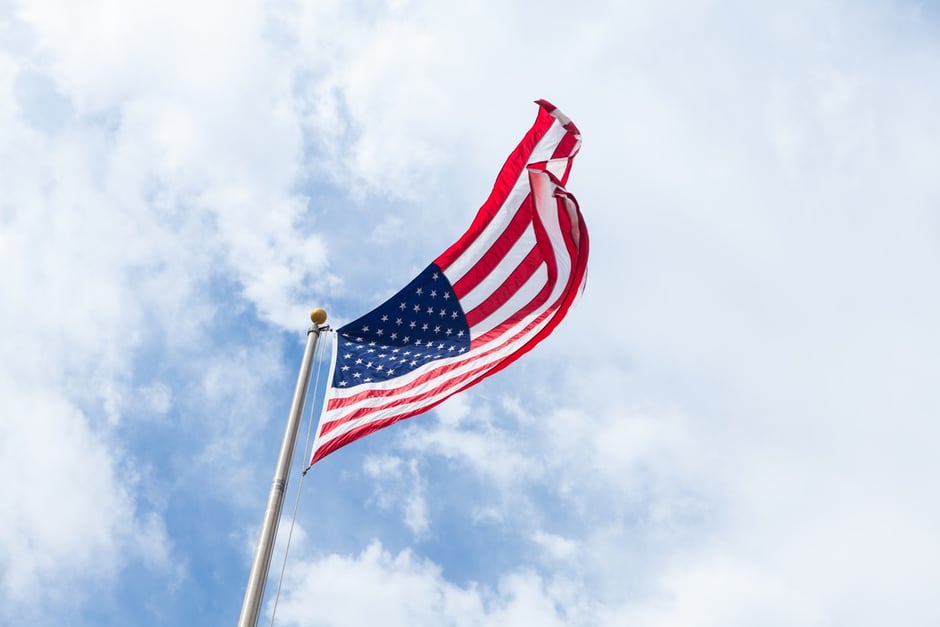What the Church can learn from the 2016 presidential race.
Disclaimer: Please don't be scared. This article has ZERO to do with politics and everything to do with marketing and communications.
David Meerman Scott, online marketing strategist and author, has been following the presidential race since before the final two candidates were chosen. In fact, he said, "It's the most fascinating marketing case study I've ever seen!" In a recent interview with Tony Robbins, David shared his passion for what we as businesses and organizations can learn from the presidential race, and I think there are a few things the Church can learn as well!
During the presidential primary season, David went to rallies for five candidates with the sole purpose of investigating and assessing how they were using marketing and communications. And here's what he found: Every single candidate failed to integrate offline marketing with online marketing. Candidates have all these rallies and events that are hugely time consuming, but what they failed to understand is that every one of the people attending the rallies has a phone in their pocket. The candidates could have connected the effort they put into their live events with online tactics to bring synergy and ... here's the kicker ... help the event reach MORE people than it ever could offline. But they didn't.
Sound familiar?
As the Church, our goal is to reach as many people with the love of Christ as possible, right? But just like the presidential candidates, when we fail to integrate offline events with online communication, we miss a huge opportunity.
Here are a few other things that stood out during David's assessment:
- Hillary Clinton is, as David calls her, "the selfie queen." While most politicians show up to an event and painstakingly move through the line of people waiting to take a photo with them, Hillary took control. With each person who wanted a picture, she would take their phone, line up the photo and snap it. David timed it and found that she could take a selfie in 7.2 seconds. He posted a selfie with her, and what happened? Several 100 people liked it, and several thousand people saw it. With 7.2 seconds, Hillary was exposed to thousands of people. If she does that with the whole room, she's exposed to a ton of people she wouldn't be otherwise.
- David said that Donald Trump is the most real-time of all the candidates. He noticed it first with the very first Democratic debate when Donald decided to live-tweet the entire event. Putting that much thought and time into online, real-time efforts was unheard of before then.
- For the year 2015, David looked at the candidates and how much they spent on traditional advertising vs. how much the candidates generated in free exposure. (This is directly related to what we've been talking about for a while with inbound marketing and how we know the Church could use it to reach thousands more people.) In the end, David found that Trump generated $1.9 billion in free exposure simply by being present online.
Now, am I suggesting that your pastor stands outside the sanctuary and snaps selfies with everyone? No. Am I even suggesting that you use the same marketing strategies or tactics as our presidential candidates? Absolutely not. (Let's not even go there.) But what I am saying is that churches often ask, "How can we connect with more people online?" and this presidential race has given us a lot to learn from.
Here are the top 3 things your church can learn from the presidential race:
- Think strategically about how you will connect events and online tactics. Then, make a plan and stick with it! For a church, your biggest connection with your audience is during a weekend service, but don't get so focused on the 100 people coming through your literal front door that you miss an opportunity to connect with the 1,000 knocking at your virtual door. And if something doesn't work, don't get discouraged. Analyze what's not working and make adjustments.
- Take online engagement into your own hands. Just like David pointed out in "the selfie queen" analogy, you can't just sit around and wait for engagement to come to you. We are living in a time where how you engage with your audience online really matters. It can mean the difference between someone hearing the Good News and not, so take it into your own hands. Make online engagement and building relationships online a priority.
- Think about online tools and platforms as an integral outreach ministry of your church. We've been saying it for a couple years now, but it seems like churches are still hesitant to really understand the possibilities that inbound marketing has for the spiritual growth of their church. Yes, it will look different than your current outreach ministry, but the possibilities are endless when your church simply decides to make online outreach a priority.
I hope you see that the purpose of this post wasn't to promote one candidate over the other or even bring up politics at all. My goal was to show you that inspiration is all around us! When it comes to communications, it is possible, and helpful, for churches to be inspired by culture and current events.
